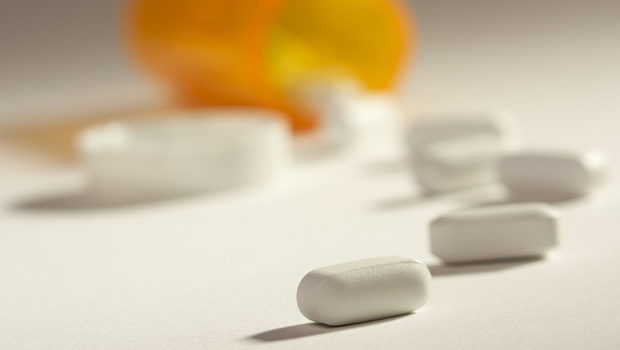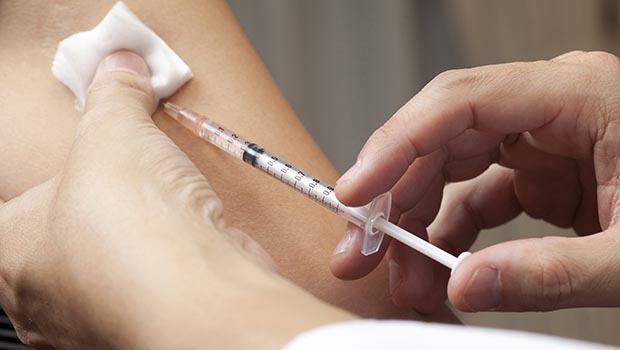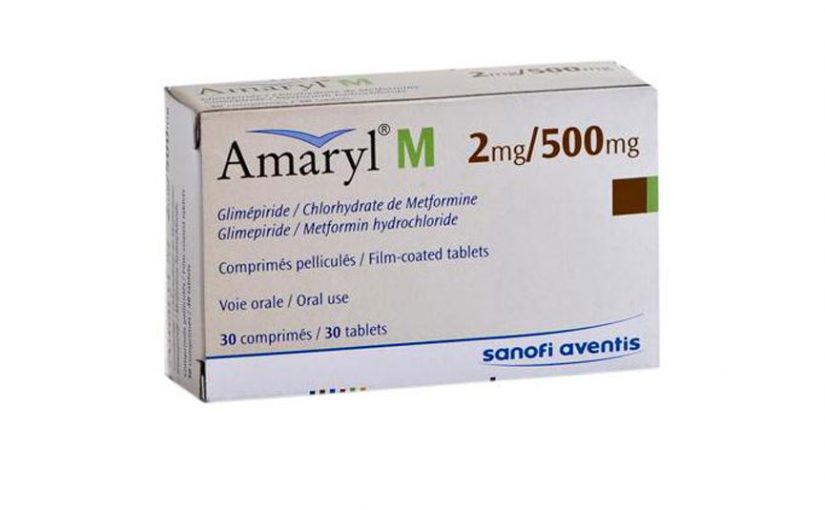What’s in Your Pump? How to Choose the Right Insulin
With so many different types of insulin available, pump users have more options than ever to customize their diabetes therapy

When you are first diagnosed with diabetes, you have little say in what insulin your doctor puts you on. Typically, you’ll get stuck with whatever brand your doctor prefers that your insurance will also cover.
Since you were likely more concerned with how to calculate doses, carb count, and just live with this terrifying condition, you probably never even considered that there might be more options out there. But now that you have lived with diabetes for a few years, it’s time to consider the very real possibility that the insulin you are on right now isn’t the best choice for your lifestyle and needs.
Here’s a look at the most popular pump-compatible insulins and the pros and cons of each.
At a Glance: How Pump Insulins Differ
| Insulin | Onset | Time to Peak | Total Duration |
| Humalog | 15 min | 30 to 90 min | 3 to 5 hours |
| Novolog | 10 to 15 min | 40 to 50 min | 3 to 5 hours |
| Fiasp | 15 min | 60 to 120 min | 5 to 7 hours |
| Apidra | 15 to 20 min | 30 to 90 min | 1 to 2.5 hours |
Chart data from a WebMD article adjusted based on press releases, studies, and the manufacturer’s websites for Humalog, Novolog, Apidra, and Fiasp.
Every insulin brings something slightly different to the table. Some have quick peak times and are used up quickly, while others peak more slowly and stick around for a while. But all have one thing in common: varying averages that change based on the person who is using them.
Pros, Cons, and Who Will Benefit from Each Type of Insulin
How long insulin takes to start working and when it peaks are only one piece of the puzzle. Different insulins are absorbed at different rates, with some made to target the early rise in blood sugar after a meal while others are meant to work harder for longer durations.
Humalog
Humalog is one of the most popular insulins utilized by pump users. This popularity comes largely from the fact that it is covered by about 80% of insurance plans.
Much like Novolog, Humalog has a relatively quick onset time and works consistently over the course of about 3 hours. Unlike its direct competitor, there is a large variation in when this insulin will peak, depending on the person.
Many users report that Humalog works very quickly to bring down their post-meal sugars, even faster than Novolog. Others report the exact opposite, finding this insulin sluggish in its peak time, leading to a higher blood sugar before a steep drop back to normal.
Unfortunately, there is no way to know how this insulin will work for you until you try it. If you are looking for insulin with a super-fast peak and you are one of the lucky ones, this might work really well for you. On the other hand, if you tend to eat meals with high fat or fiber content, the slower peak time could be what you need. Of course, your body might react to this insulin in a way that produces the opposite peak time than what you are looking for, so it may be worth experimenting for a month or two.
Novolog
While there is still much debate about which of the two most popular insulins people like better, Novolog does seem to provide more consistent results than Humalog. Whether or not people are happy with those results still depends on the person.
Novolog gets to work about as quickly as Humalog, if not a touch faster, and peaks relatively soon. Those who find Humalog peaks very fast for them may feel like Novolog works too slow. But those who find Humalog too slow will likely see better results from Novolog. It has a similar duration to Humalog and takes a bit of time to bring blood sugars all the way back down to baseline.
Also much like Humalog, it’s hard to know how well this insulin will work for you without trying it. If you like how Humalog works overall but feel there could still be some improvement, Novolog may be the better choice. If, on the other hand, you really need something that works faster, you’ll want to check out the super-fast insulins below.
Fiasp
After looking at the above table, you might be shocked to learn that Fiasp is marketed as “super-fast” insulin. It’s uptake time is similar to older, more popular insulins on the market, and it stays active in the body for a surprisingly long time. So how exactly is it supposed to be faster acting?
Fiasp is actually the same insulin as Novolog. The difference is that they’ve added niacinamide–a B vitamin–to the solution, which allows the insulin to move through the fat layer and into the bloodstream faster than Novolog or Humalog.
On average, Fiasp does have a faster onset in many patients than other insulins, but where it truly differs is how intensely it works in the beginning.
Compared to Novolog, this insulin will work 50% harder in the first 30 minutes. This translates to a much smaller glucose peak after meals.
The duration of this insulin can be a bit deceiving, too. While it stays in the system longer overall, the amount left after 2.5 hours is minuscule.
If you frequently experience high glucose spikes immediately after meals or have difficulties pre-bolusing for meals, then this insulin might be beneficial for you. It also works extremely fast to correct down wandering highs and is a good option for people who get impatient with BGs that don’t come down right away.
Apidra
Apidra was the original super-fast insulin on the market. Much like Fiasp, this product works rapidly to drive blood sugars down as soon as your meal starts to digest. But unlike Fiasp, this insulin has an especially short duration. A meal bolus will be completely out of your system after about 2.5 hours.
This short duration can be beneficial for people who frequently suffer from hypos caused by overlapping boluses.
The action of this insulin also mirrors more closely the action of high glycemic index meals. It may be a better option for people who typically see their blood sugars spike fast and then take a long time to return to normal when using other insulins.
On the other hand, if you tend to eat meals with low GI or lots of fat, this insulin could cause problems by pumping too much insulin into your system before enough glucose has been absorbed. And, since Apidra leaves the body so quickly, you would be more likely to suffer from delayed highs in cases like this. Using a square or dual bolus for these kinds of meals would be necessary with Apidra.
Your Lifestyle, Your Insulin
In the end, there is no one answer to what insulin works best in an insulin pump.
Each one of the options above is likely to affect every individual differently, but that doesn’t mean you should settle for whatever insulin you’re on now. Especially if you aren’t happy with the control it’s giving you.
Most doctors stock samples of all the major insulins. If they believe one might work better for you, most will let you test drive a vile. Don’t get too attached to a new insulin right away, though, as many insurance companies only cover one of the major brands. But, if you can prove that the new insulin works better for you (using CGM data, handwritten records, or A1C changes), your doctor may be able to convince your provider to make an exception.
Even if there are a few hoops to jump through, finding the best insulin to fit your needs and lifestyle is worth it. After all, this is a condition you have to deal with day in and day out, why not make it as easy as possible?







